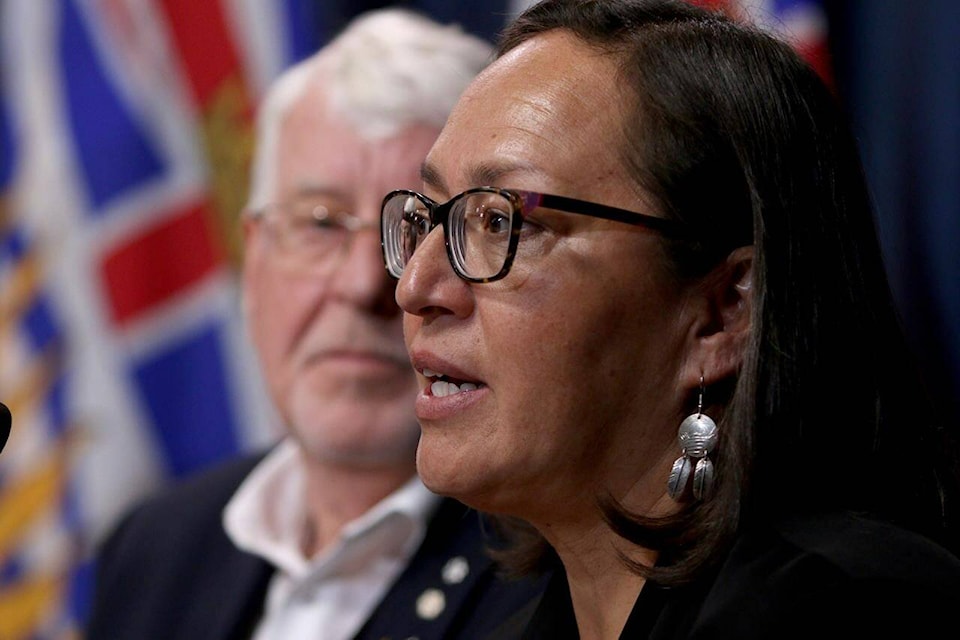The First Nations Health Authority released its first interim health and wellness report Wednesday (Aug. 21) as an update to a 2021 baseline report – and two indicators show a "significant worsening."
This follow-up report contains updates on 14 of 22 population health and wellness indicators being monitored between 2020 and 2030. There were improvements in two indicators – education and infant mortality – but no change or minimal change four indicators and a worsening in four other indicators.
First Nations Health Authority chief medical officer Dr. Nel Wieman said the interim report indicates some modest improvements to the health and wellness of First Nations people in B.C., but it also underscores "persistent gaps" in health and supportive systems, "which continue to fall short of their responsibilities" of First Nations people and their communities.
Wieman said life expectancy and mortality rates have seen a "significant worsening" since the 2021 baseline report. She said it was largely caused by the unregulated drug toxicity crisis and the COVID-19 pandemic, of which First Nations people are disproportionately represented in both.
Wieman said life expectancy for First Nations people at birth was at 73.3 years in 2017, but has now dropped to 67.2 years in 2021. She said those six years is a very dramatic loss. Life expectancy was also higher in males, compared to females.
"Deaths due to the unregulated drug toxicity, which tend to occur at younger ages, are the leading cause of reduced life expectancy."
Wieman added they heard that during the COVID-19 pandemic people were very hesitant to see care – "and in many ways they still are" – because of a fear of how they are going to be treated when accessing care, such as racist or discriminatory behaviour.
"People were reluctant to come forward. They presented at the emergency department in a later stage of illness, and often required critical care and sometimes lost their lives."
With mortality rates, Wieman said there was a slight upward trend from 2011 to 2018, but it halted between 2018 and 2019. Then there was a "much steeper" trend upward between 2019 and 2021.
However, infant mortality has gone down 0.7 to 4.6 live births per 1,000 between 2015 and 2019 from 5.3 per 1,000 from 2013 to 2017.
Education has also improved by 4.3 per cent among Indigenous students. Dr. Danièle Behn Smith, the deputy provincial health officer for Indigenous Health in B.C., said education is measured by self-identifying Indigenous students who achieve a graduation certification or an adult diploma within eight years of starting Grade 8.
At the time of the 2021 baseline report, only 69.9 per cent were completing within eight years. That's now up to 74.2 per cent.
"An improvement, and we still have a long way to go," Behn Smith said.
Wieman said there is still a 20-per-cent gap between First Nation students and other British Columbians in terms of high school completion.
"There may be a modest improvement, but we are still very far behind in some respects ... The reasons why is incredibly complicated," Wieman said, adding it goes back to the residential schools experience that is not so far in the past.
"It's this concept of unearned disadvantages and unearned advantages of other residents in B.C."
While a large number of First Nations people are located in urban centres, or away from home community, Wieman said, there are still people who live in community or on reserve and might have challenges around transportation to school and other social determinants of health that impacts school performance.



